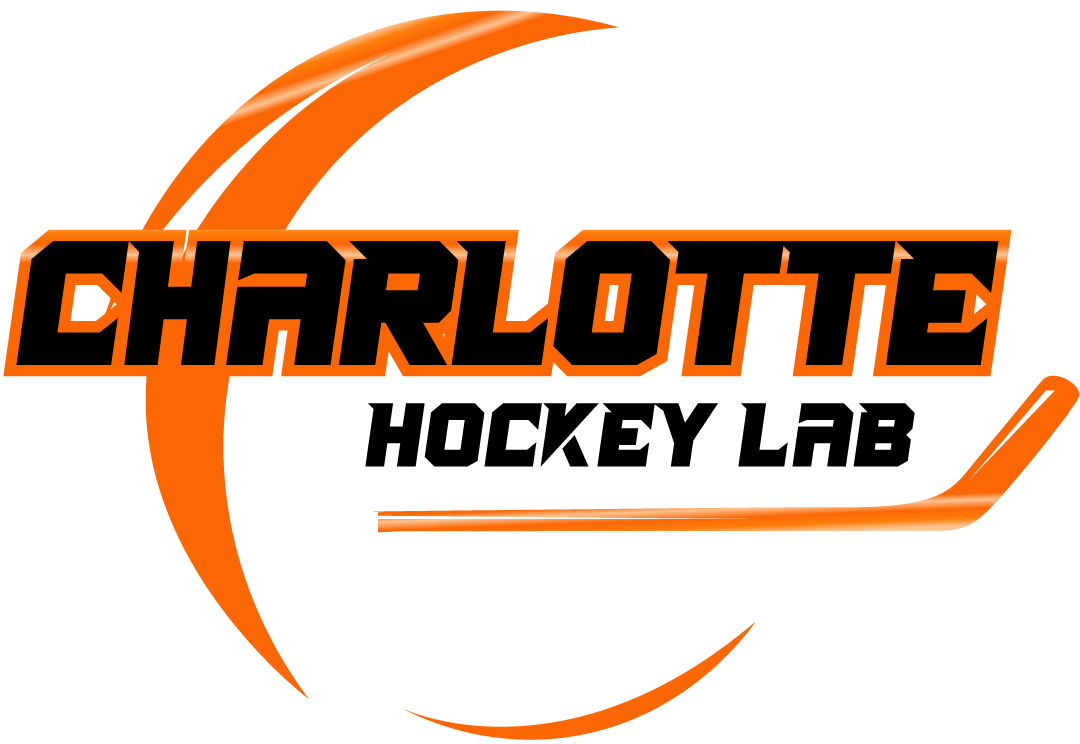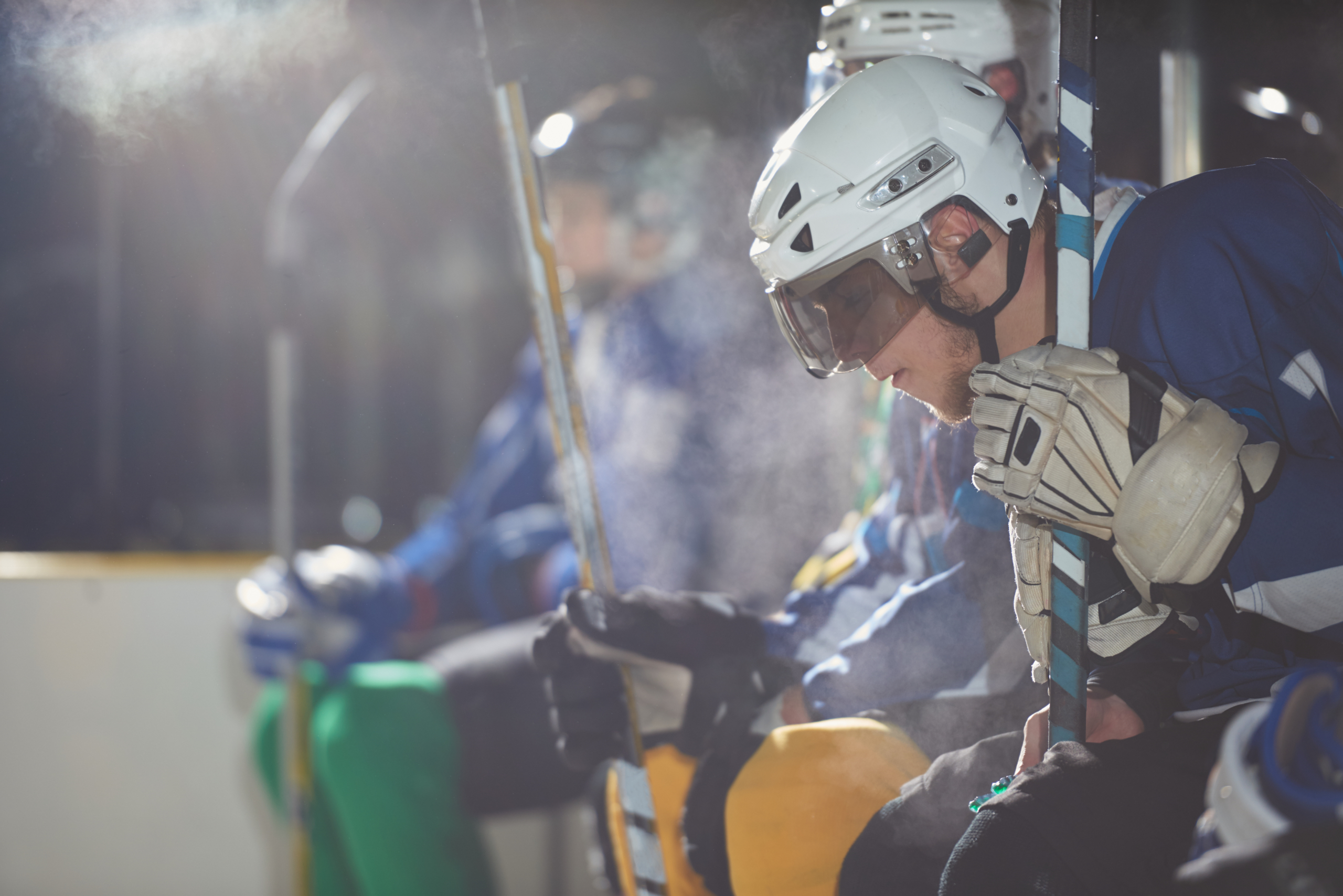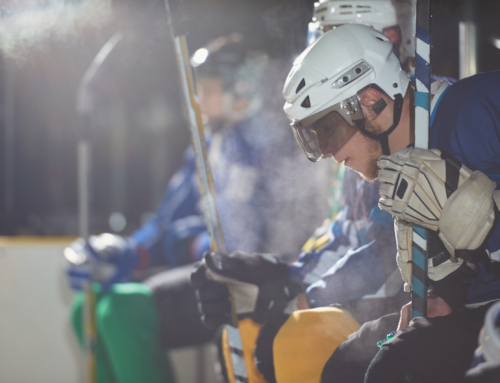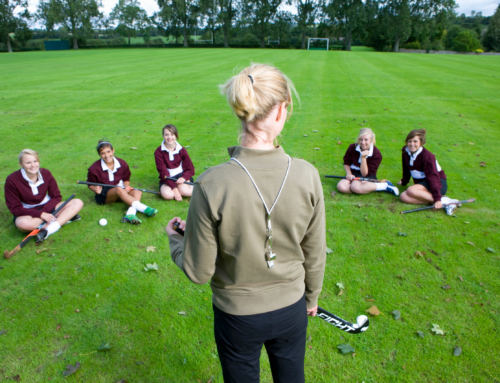Charlotte Hockey Lab Reveals: The Ultimate Guide to Mastering Hockey Skating Techniques
Introduction: Unlocking Your Potential with Essential Hockey Skating Techniques
Mastering hockey skating techniques is the cornerstone of success on the ice, differentiating good players from great ones. It encompasses a complex blend of balance, agility, speed, and power, all of which are essential for navigating the fast-paced, dynamic environment of ice hockey. Unlike other sports, hockey demands specialized biomechanics for movement on skates, requiring dedicated practice and precise instruction to develop effectively.
The Foundation of Power: Mastering Your Stride and Glide
The forward stride is the fundamental building block of all advanced hockey skating. Achieving a powerful and efficient stride begins with a deep knee bend, maintaining a low center of gravity, and a significant forward lean of the trunk. As emphasized by coaching experts, players should strive for rapid, medium-length strides, pushing off to the side rather than straight back to maximize horizontal propulsion. A quick recovery of the propulsion skate after push-off, bringing it forward close to the ice, is also characteristic of fast skaters. Proper arm movement, swinging side-to-side in coordination with the legs, further enhances momentum and balance.
The ability to skate properly in hockey is deeply rooted in these foundational elements. A good two-foot glide serves as the base for all subsequent movements, demanding slight flexion in the knees and ankles, with skates approximately shoulder-width apart, and balance on the middle of the blades. This “ready position” is critical for quick transitions, acceleration, and puck handling. Understanding and consistently practicing these core mechanics, as detailed in high-performance skating principles, builds the necessary muscle memory for fluid on-ice performance.
Agility and Control: Perfecting Edge Work and Crossovers
Agility in hockey relies heavily on superior edge control and the effective execution of crossovers. Each skate blade features an inside and an outside edge, both vital for sharp turns, quick changes in direction, and powerful acceleration. Understanding your edges allows players to dig their blades into the ice, generating grip and control. When accelerating, the inside edges are crucial, while turns often involve a combination of inside and outside edges, depending on the direction.
Crossovers are essential for maintaining speed and gaining momentum around corners or when changing direction. This technique involves crossing one foot over the other, requiring precise weight transfer and constant engagement of the edges. A common mistake for beginners is keeping too wide a stance during turns, which reduces control. Trusting your edges and leaning into the turn, with bent knees and a low stance, allows for tighter, more efficient maneuvers. Consistent drills focusing on single-leg balance and dynamic edge work are paramount for developing the comfort and confidence needed to utilize your edges effectively in game situations.
Turning on a Dime: Advanced Pivots and Effective Stops
The ability to turn quickly and stop effectively are critical hockey skating techniques for offensive and defensive plays. Pivots allow a player to rapidly change the direction of travel without significant loss of speed, often transitioning from forward to backward skating or vice-versa. A pivot can be thought of as a half-hockey stop, requiring precise skate placement and edge usage. For instance, when pivoting to the right, a player engages the left skate’s inside edge and the right skate’s outside edge, maintaining a good knee bend and keeping shoulders parallel to the direction of travel.
Stopping techniques are equally diverse and crucial. From the basic snowplow stop for beginners to the one-foot and two-foot hockey stops for advanced players, each method demands bending the knees, leaning into the stop, and applying pressure to specific edges. The key is to avoid looking down at your feet and to keep your head up, allowing for better situational awareness. Mastering these maneuvers, like those outlined in detailed pivot tutorials, ensures players can react instantly to the flow of the game, whether it’s evading an opponent or quickly re-positioning for a shot.
Backward Skating: The Art of Defensive Movement and Vision
Backward skating is an indispensable skill, particularly for defensemen, enabling fluid defensive movement and maintaining crucial vision of the play. Efficient backward skating involves a combination of C-cuts and crossovers to generate propulsion. Similar to forward skating, maintaining bent knees and a slight forward lean of the upper body optimizes performance and balance.
Backward acceleration often starts with a few crossovers before transitioning into continuous C-cuts. Arm movements, typically side-to-side, also contribute to effective propulsion. Backward turning in game situations usually involves small, controlled changes in direction, utilizing both gliding and cross-over turns. Developing proficiency in backward pivoting, transitioning smoothly from backward to forward skating, is also vital for quick defensive recoveries and initiating offensive rushes. Consistent practice of these skating fundamentals ensures players can confidently move in any direction while keeping their eyes on the puck and opposing players.
Maximizing Speed and Explosiveness: Drills for Faster Skating
To truly excel in hockey, players must not only master fundamental skating techniques but also develop explosive speed and acceleration. This involves refining the forward stride for maximum power and incorporating drills that challenge quickness and reactive agility. A high stride rate with powerful, medium-length strides, combined with a significant forward lean, are hallmarks of fast skaters. Avoiding vertical movements or “hopping” during acceleration is key; instead, focus on horizontal pushes with the skates.
Drills that emphasize rapid, powerful push-offs and quick recovery of the skate are essential. Incorporating resistance training and plyometric exercises off the ice can also significantly improve on-ice explosiveness. According to research on agility training in youth hockey players, while on-ice training is generally more effective for developing specific types of agility, off-ice agility training can also transfer motor control benefits to the ice. Therefore, a comprehensive training program should include a blend of both on-ice and off-ice drills to enhance speed and explosiveness.
Beyond the Rink: Off-Ice Training to Enhance Your On-Ice Skating
While on-ice practice is irreplaceable, a significant portion of mastering hockey skating techniques can be achieved through effective off-ice or dryland training. These exercises are crucial for developing the agility, balance, coordination, strength, and endurance that directly translate to improved on-ice performance. USA Hockey provides extensive resources for dryland and off-ice training, emphasizing age-appropriate drills to build foundational athletic skills.
Scientific studies further support the benefits of off-ice training. Research indicates that “motor transfers exist from off-ice to on-ice agility,” suggesting that agility development off the ice can positively impact on-ice performance. While on-ice training remains more effective for highly specific agility, combining both approaches is recommended. Exercises like squats, lunges, plyometric jumps, and core stability workouts build the leg strength, explosive power, and balance necessary for powerful strides, quick changes of direction, and effective stops. These complementary training methods are essential for a holistic approach to skating excellence, enabling players to maximize their potential when they hit the ice.
Charlotte Hockey Lab’s Approach to Skating Excellence
At Charlotte Hockey Lab, we understand that exceptional skating is the bedrock of every great hockey player. Our approach to mastering hockey skating techniques integrates cutting-edge technology with expert coaching to provide a comprehensive training experience. Our state-of-the-art facility is designed to help players of all ages and skill levels refine their stride, improve edge control, and develop explosive speed and agility.
We leverage advanced technology, such as skating treadmills with immediate visual feedback, to allow players to see and correct their form in real-time. This unique methodology, echoed by veteran power skating instructors, significantly accelerates skill acquisition. Our coaching partners, including experienced professionals like Anthony Yurkins and Kyle Greer, provide personalized instruction, breaking down complex movements into manageable steps. This tailored guidance, combined with continuous feedback and a focus on fundamental biomechanics, ensures that every athlete at Charlotte Hockey Lab builds a strong foundation for unrivaled skating mastery. We are committed to fostering not just better skaters, but smarter, more confident players who can dominate the game.
Conclusion: Consistent Practice for Unrivaled Skating Mastery
Mastering hockey skating techniques is an ongoing journey that demands dedication, patience, and consistent effort. From the foundational elements of stride and glide to the intricate nuances of edge work, pivots, and backward movement, each skill contributes to a player’s overall effectiveness on the ice. Integrating targeted on-ice drills with strategic off-ice training creates a synergistic effect, enhancing physical capabilities and motor control. The continuous refinement of these essential skills, combined with the right coaching and innovative training methods, will ultimately unlock a player’s full potential, leading to unparalleled performance and confidence in every game.
Ready to elevate your hockey skating? Visit our Contact Us page to learn how Charlotte Hockey Lab can help you achieve skating excellence.

We use only the finest ingredients to produce stellar tastes.










